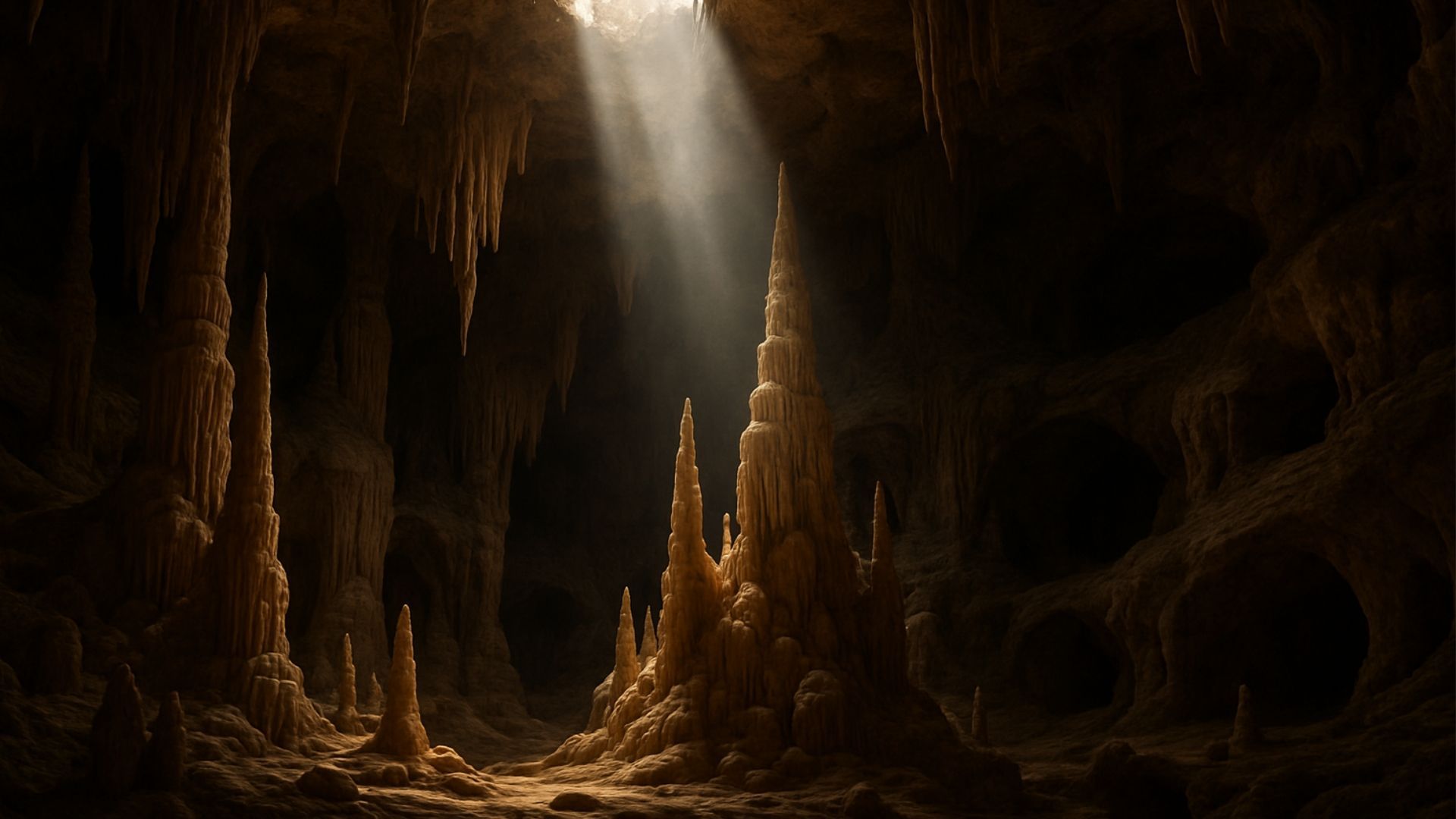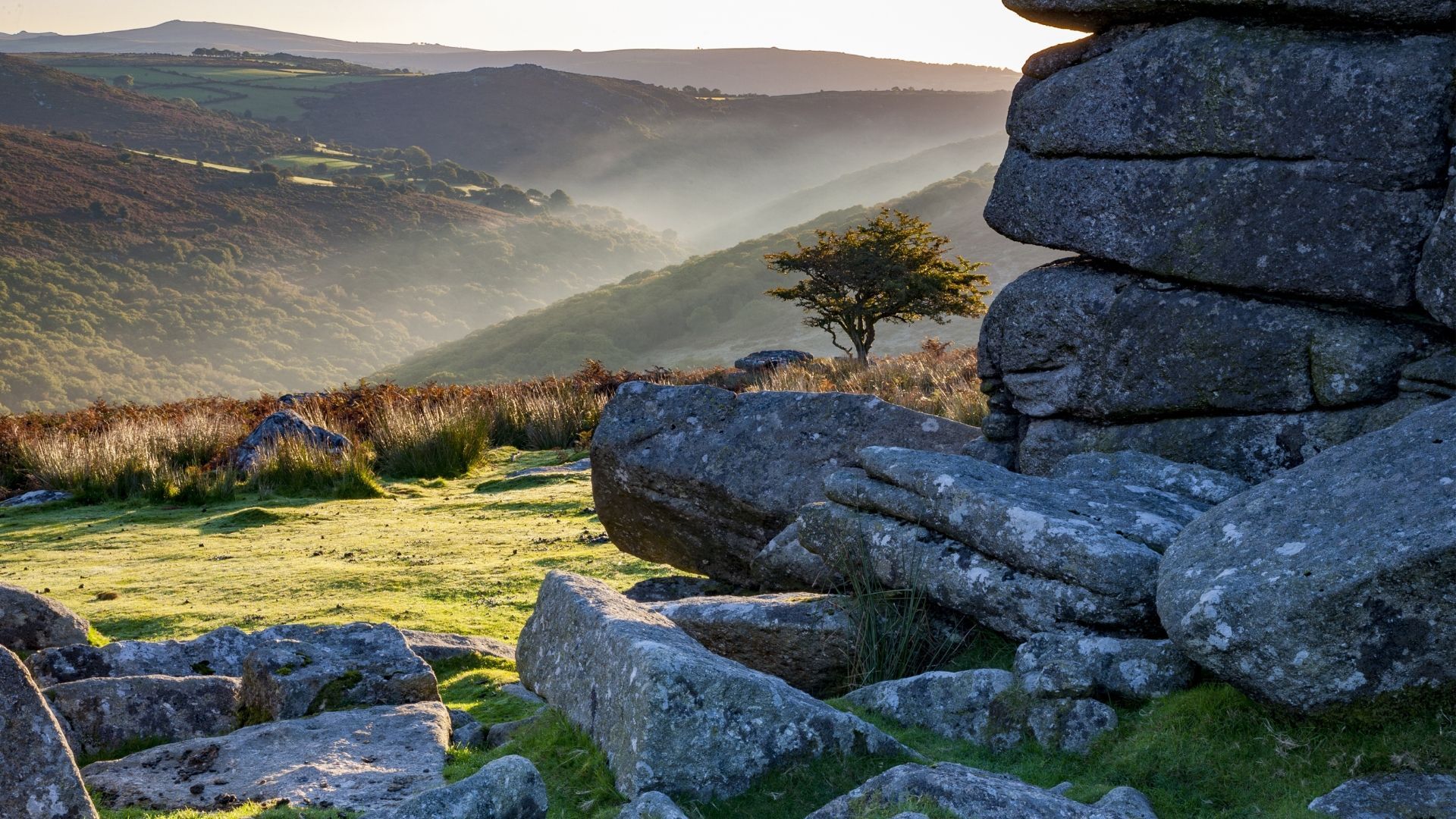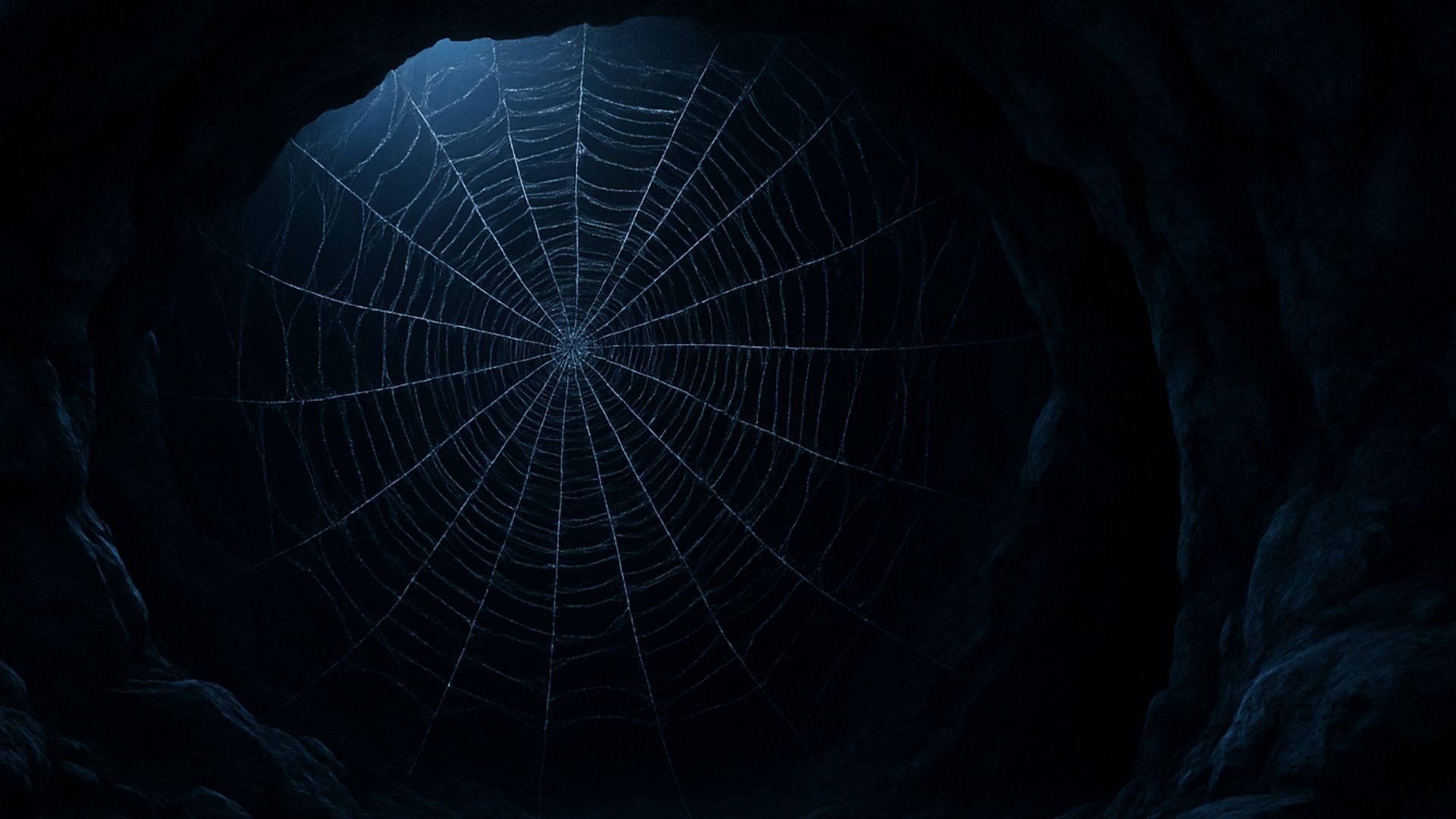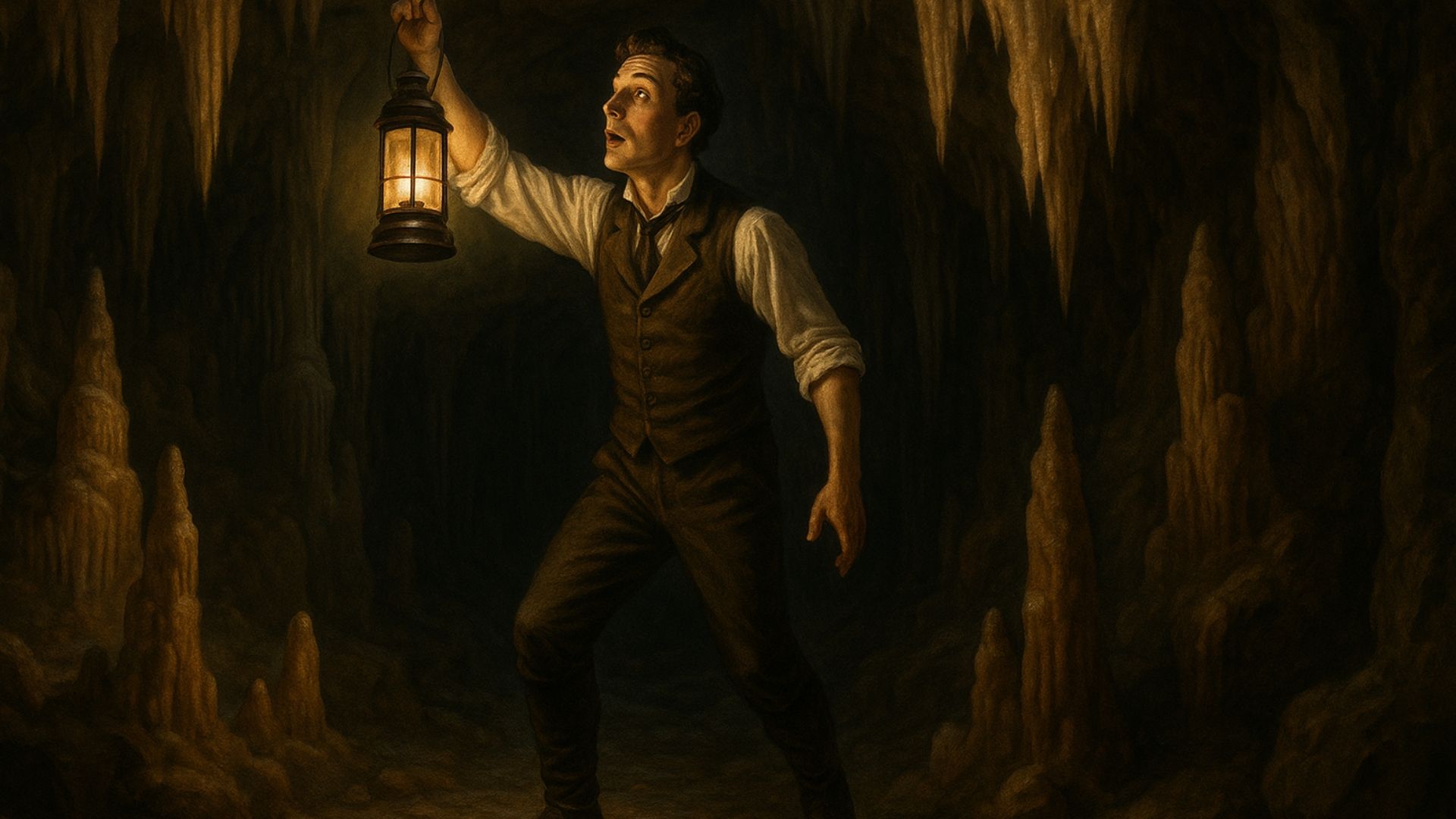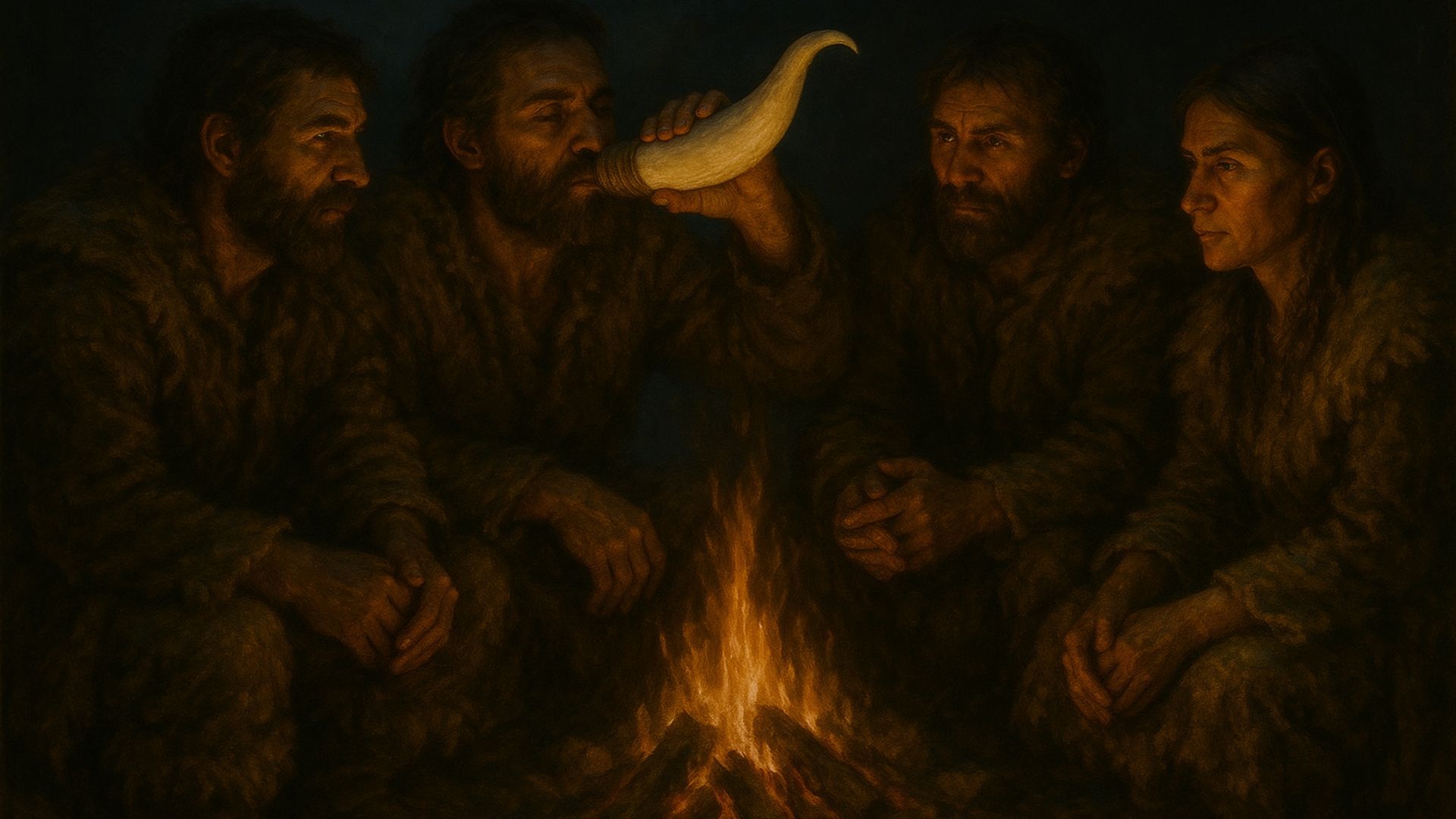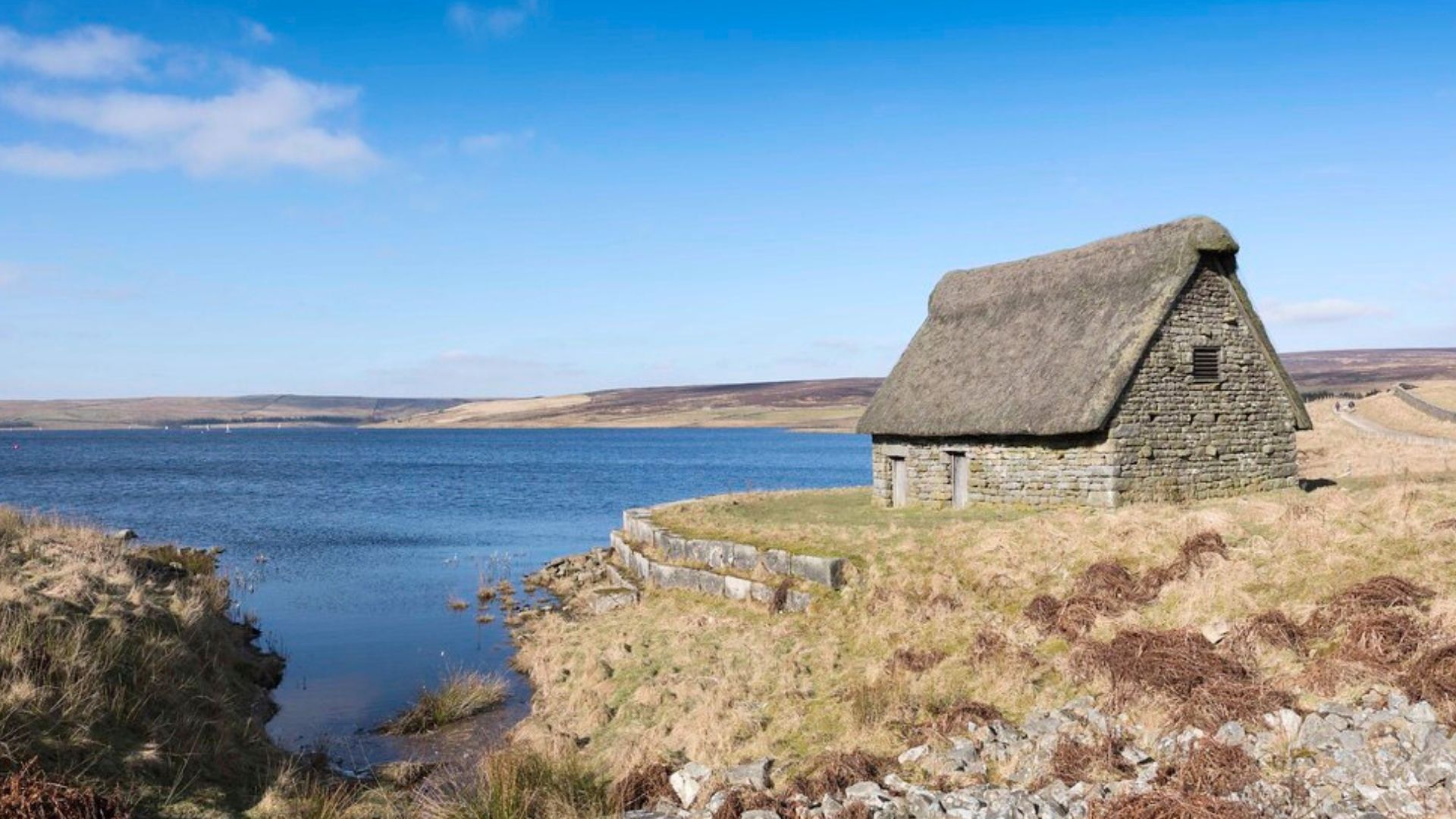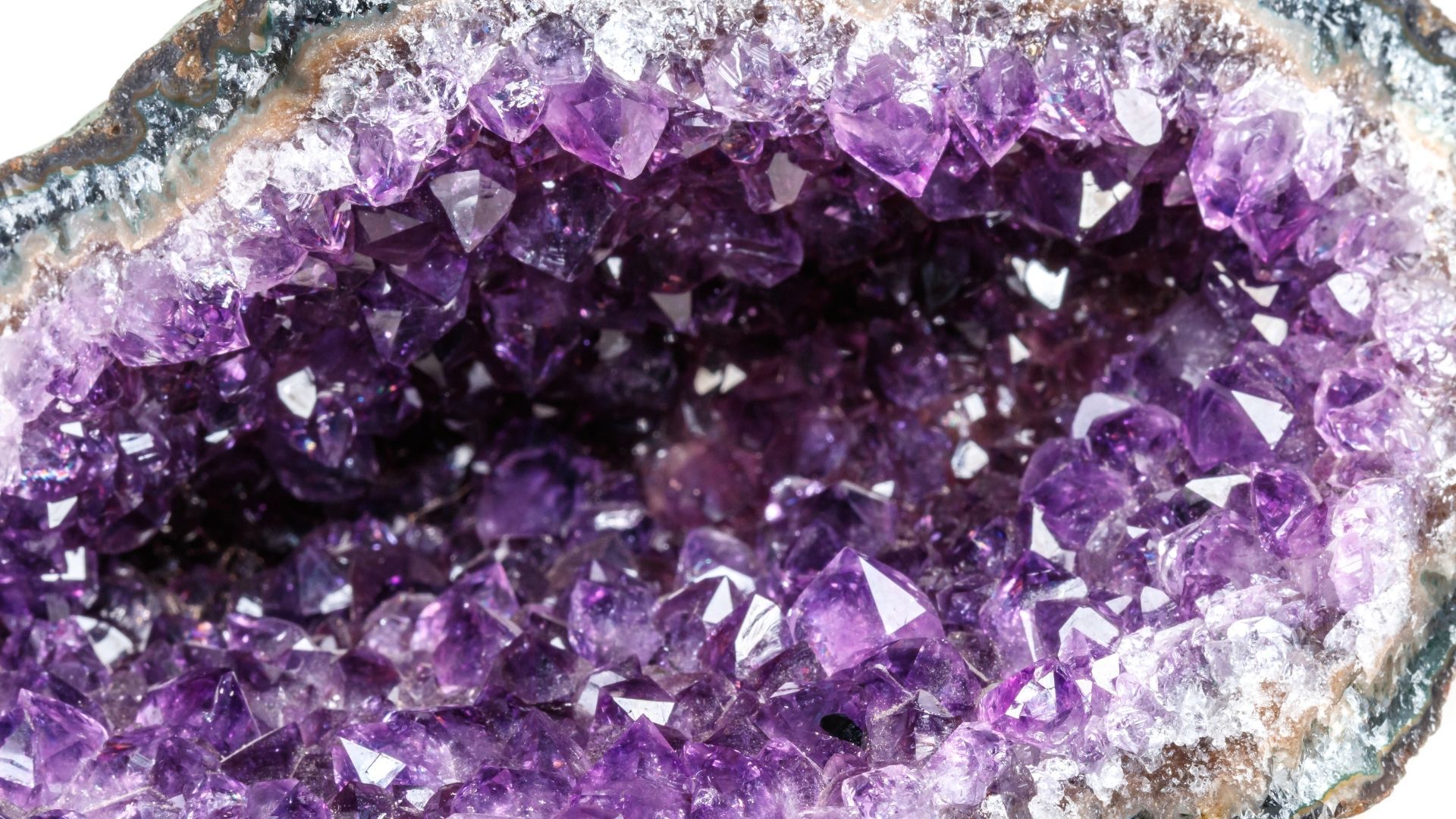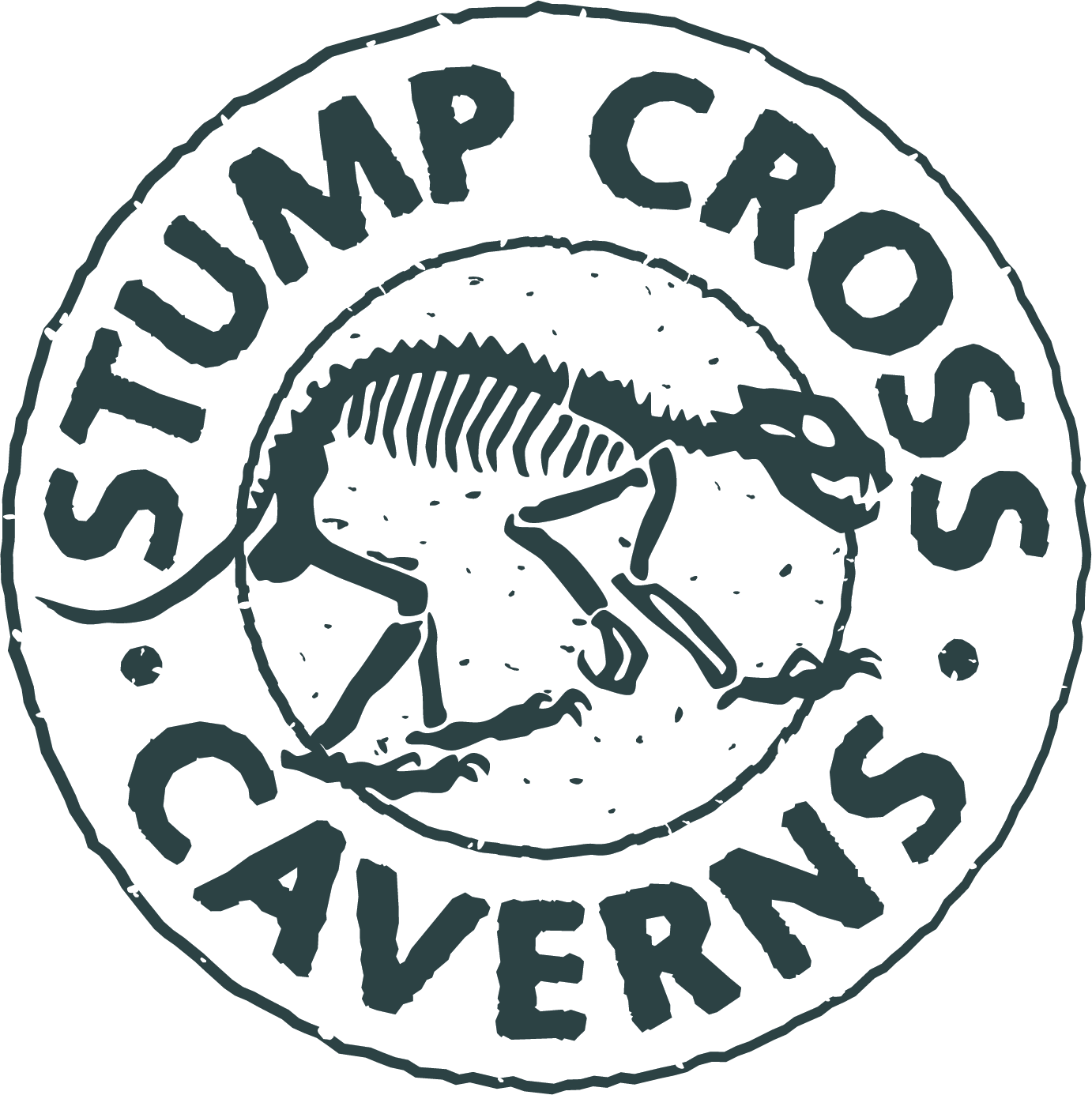It's not just dinosaurs that evolved – it's also our understanding of them. Discover 5 times scientists had to think again.
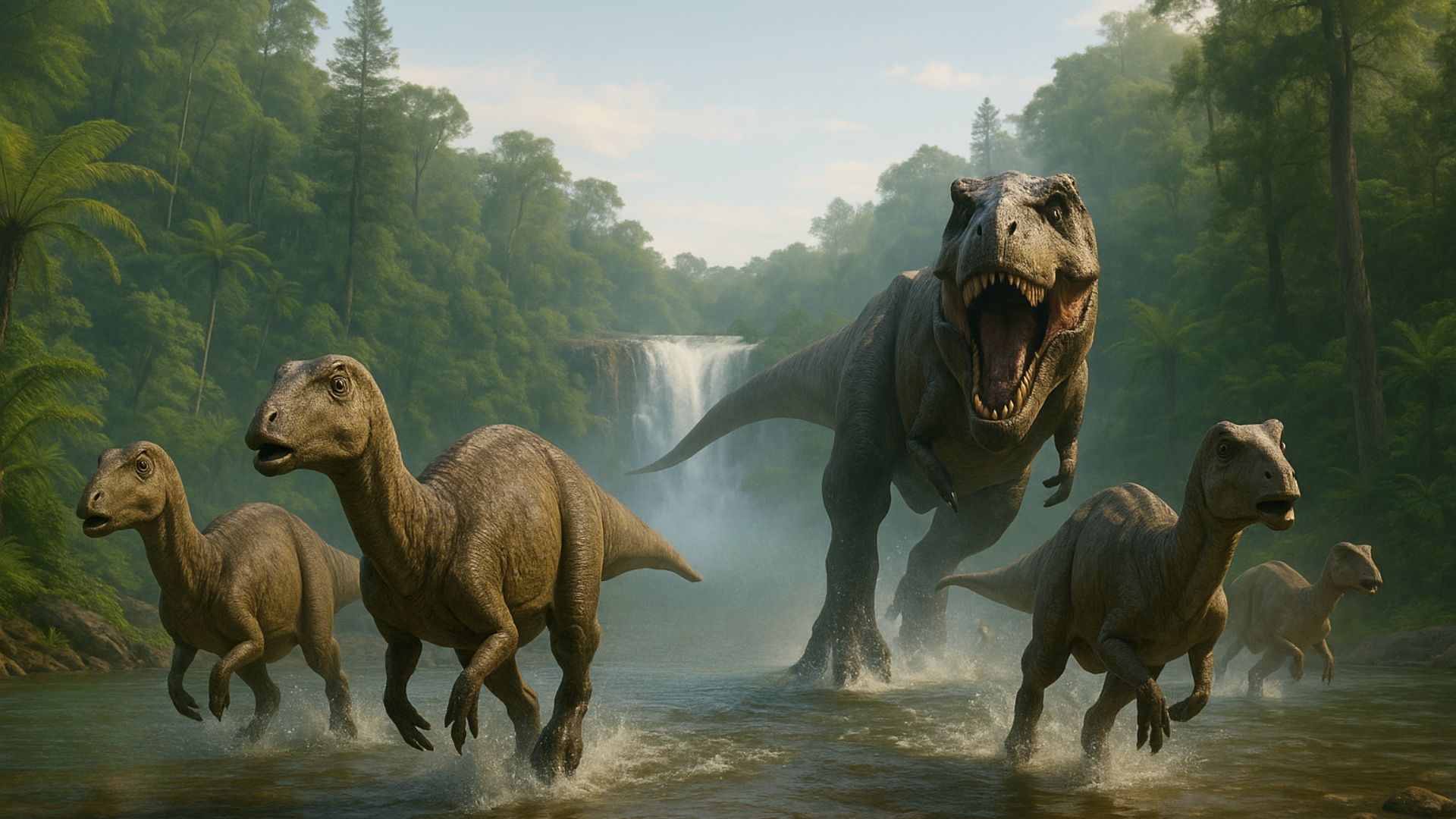
There are many myths about dinosaurs that people find hard to shake.
Take the unforgettable image of the flying dinosaur. Yes, there were pterosaurs – but these were reptiles, not dinosaurs. For all its potency as an image in fantasy films and novels, there's no getting around the fact that flying dinosaurs are the stuff of fiction.
The same goes for the belief that dinosaurs and humans coexisted. According to this view, prehistoric life was one long episode of The Flintstones, with humans and dinosaurs rubbing shoulders (and humans occasionally running for their lives…)
Again: not true. But it's not just the general public that's occasionally got dinosaurs wrong.
Over the years, scientists have revised several assumptions about dinosaurs. As new evidence came to light, revisions had to be made.
It's all part of the scientific process – and it's a process that's never over. Who knows how our understanding of dinosaurs will develop as new technologies are refined?
Here, then, are five things science got wrong about the dinosaurs.
1. They were covered in scales
Picture a dinosaur and it probably has scales. This wasn't the invention of Jurassic Park. For a long time, it was believed to be the case by palaeontologists.
This began to change in the 1990s with a series of startling discoveries in China. Perfectly preserved dinosaur fossils were found, and scientists saw they had once been covered in feathers.
This discovery shook the world of dino science. Today, it's believed that many, perhaps most, dinosaurs had feathers. So, next time you picture
Tyrannosaurus rex, think "bird" rather than "lizard".
2. T. rex was a fast runner
Speaking of T. rex, it was once believed that this terrifying beast was a fast runner – a belief that fed into its fearsome reputation. Not only did this bloodthirsty beast reach up to 40 feet long and 12 feet high, but it was fast, too.
Today, scientists argue that T. rex was, in fact, a slow runner – about as fast as an average human. Its size may have made its prey quiver, but it also slowed it down.
As so often with palaeontology, you may be wondering how we know all this from a load of old rocks. The answer is twofold. First, scientists estimate walking speeds based on fossilised trackways. Secondly, they study the muscles and bodies of dinosaurs to estimate their running speed.
3. They were cold-blooded
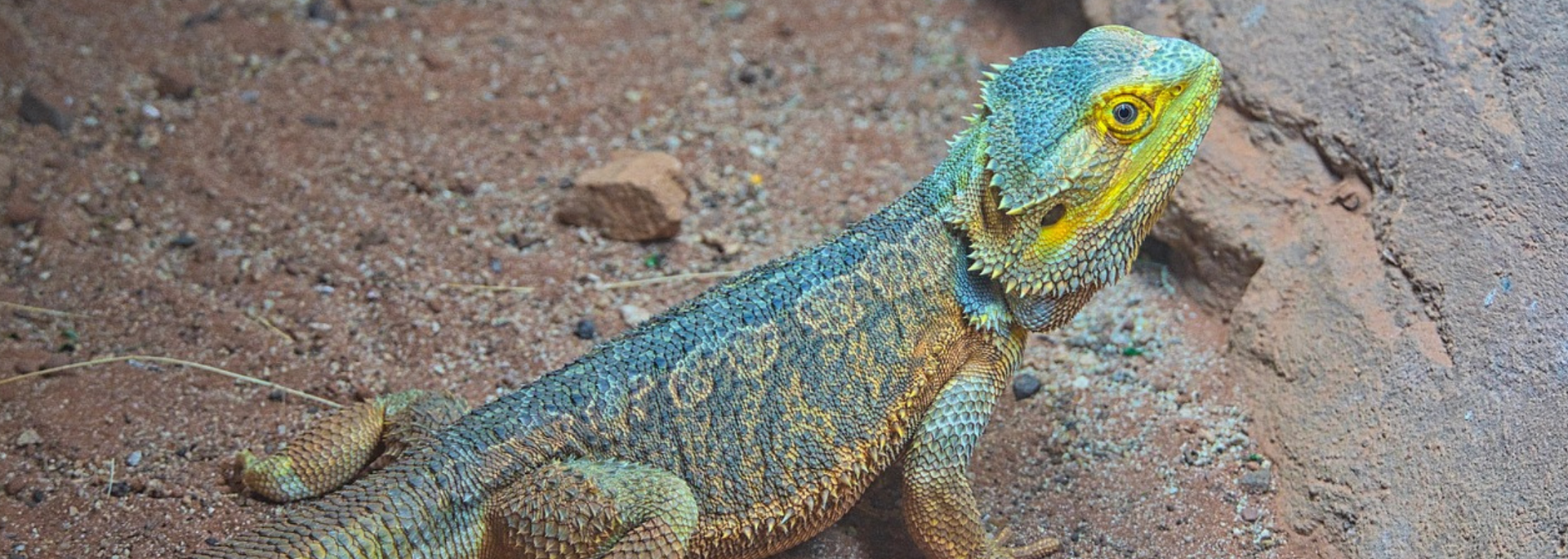
For a long time, scientists believed dinosaurs were cold-blooded. Surely, they reasoned, these prehistoric animals regulated their body temperature much like lizards and snakes?
This all changed in the 1970s. New evidence suggested that dinosaurs were, in fact, warm-blooded. Rather than changing their body temperature in different environments, they had a temperature higher than that of their environment.
This isn't the end of the story, however. Some scientists argue that dinosaurs were mesotherms, meaning they were somewhere between warm- and cold-blooded.
4. Diplodocuses lived in water
Where did dinosaurs live? In the case of Diplodocus, scientists have changed their tune.
Diplodocuses had big bodies and long tails. These characteristics, combined with the position of their nostrils, led scientists to believe they lived in swamps or lakes.
Further research suggested the opposite. Diplodocus's bones were filled with air, meaning they would have floated on water. Their teeth, meanwhile, had developed to chew tough terrestrial plants rather than their soft aquatic counterparts.
Today, scientists believe that Diplodocus lived on grasslands and at the edges of forests.
5. They died out because…?
Why did dinosaurs die out? The consensus at the time of writing is that they were wiped out by an asteroid.
There's plenty of evidence to suggest this was the case – but as a theory, it leaves one big question unanswered. If this asteroid extinguished dinosaurs, why did birds, mammals and crocodiles survive?
The asteroid theory wasn't always widely accepted. Previous generations of scientists put the extinction of dinosaurs down to gradual climate change and volcanic activity. Some even thought that dinosaurs simply gave up as a species!
What do we still not know about dinosaurs?
Our understanding of dinosaurs is evolving all the time. But there are still many things we don't know.
This is partly because our knowledge mostly comes from the fossil record – those ancient bones preserved in rock. The fossil record is, by definition, incomplete. Many, many dinosaurs died without being preserved.
For this reason, we don't know when the first dinosaurs lived. Our best guess is 230 million years ago.
We also don't know how they mated. We know they hatched from eggs, but no mating process has been fossilised. We're not even sure what their dino bits looked like.
We know from fossilised trackways that some types of dinosaurs walked in pairs or packs. But we don't know if this was for hunting. As a result, we don't know whether dinosaurs hunted in packs or solo.
Frequently asked questions
How do you define "dinosaur"?
According to the dictionary publisher Oxford Languages, a dinosaur is a "fossil reptile of Mesozoic era, in many species reaching an enormous size". We would add to this definition that dinosaurs had upright limbs.
When were the first dinosaurs?
The first dinosaurs we know of lived around 230 million years ago. This was during the Triassic period, when there was just one supercontinent called Pangaea and one super-ocean called Panthalassa. Exactly where these first dinosaurs came from and how they evolved is still a subject of research.
What did they sound like?
The simple answer is that we don't know. After all, there are no recordings of dinosaurs. But palaeontologists have made some attempts to recreate the sound of dinosaurs. A model of a lambeosaur's skull, for instance, sounds something like a wind instrument.
We love learning about dinosaurs and fossils here at Stump Cross Caverns. Do you? If so, you'll adore our fun family fossil digs. We'll show you some amazing prehistoric artefacts, and you'll get the chance to dig your own fossils in our simulated indoor dig site.
The digs are super-popular, so we recommend booking online to avoid disappointment. See you there!

